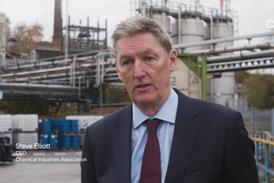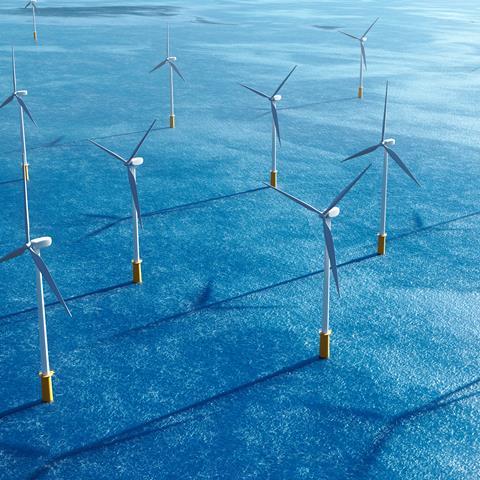The UK’s Climate Change Agreements (CCA) scheme is designed to support energy-intensive industries by providing tax relief in exchange for meeting energy efficiency targets. However, the design of the scheme, as well as how it interacts with other industrial decarbonisation policy, means that it can act as an effective blocker to efforts to decarbonise, for three key reasons:
1. UK Emissions Trading Scheme participants are penalised for electrification
UK ETS participants report under both schemes. To avoid double-reporting of energy use and double-pricing of emissions, the energy reported under the UK ETS does not need to be reported under the CCA scheme. Because the UK ETS is only concerned with the combustion of fuels on site, rather than the import of electricity, the result is that UK ETS participants report their electricity use under the CCA scheme and their on-site combustion under the UK ETS. This means that if a UK ETS participant switches its heat demand from natural gas to electricity, then all of its heat-related energy use will move from the UK ETS into the CCA scheme, causing it to fail its CCA targets and face a large penalty fee.
Our solution: Where a CCA participant switches its heat demand from natural gas to electricity, the CCA scheme should allow the site to recalculate the baseline against which its performance will be assessed.
2. Renewable power purchase agreement (PPA)s are not recognised
The CCA scheme will only zero-rate the emissions from electricity that is sourced from on-site renewables – namely solar and wind. Yet many participants do not have access to enough space to raise meaningful quantities of energy from these sources. The go-to solution would be to contract with a dedicated renewables provider who has the space to supply an appreciable amount of low carbon power. This electricity could be provided through a direct wire connection or ‘virtually’ through the national grid. In the case of sourcing through the grid, time of use certificates could be used to link demand and supply. However, these avenues are discouraged by the CCA scheme as the electricity sourced would be treated as grid electricity, attracting both a grid emission factor and a transmission and loss factor.
Our solution: Renewable electricity source through a PPA should be treated in the same way as renewable electricity generated on-site. The emission factor should be zero and the transmission and loss factor should be x1.
3. Electricity from biomass is disincentivised
Unlike the on-site generation of electricity from solar or wind, the use of renewable fuels like biomass or biogas to generate electricity on-site is treated in the same way as electricity sourced from the grid, attracting a transmission and loss factor of x2.1 as well as the emission factor for grid electricity. Biomass and biogas are considered low carbon fuels in other areas of UK policy (e.g. the UK ETS) yet their use is penalised within the CCA scheme. Biomass and biogas are particularly suited to some sites that may not have ready access to other fuel-switching options for their heat demand, e.g. the local capacity to connect their electricity demand to the grid, or the availability of local hydrogen infrastructure.
Our solution: Electricity generated from the combustion of biomass or biogas at a CCA site, or a site directly connected to a CCA site, should be treated in the same way as electricity generated from on-site solar and wind.






















